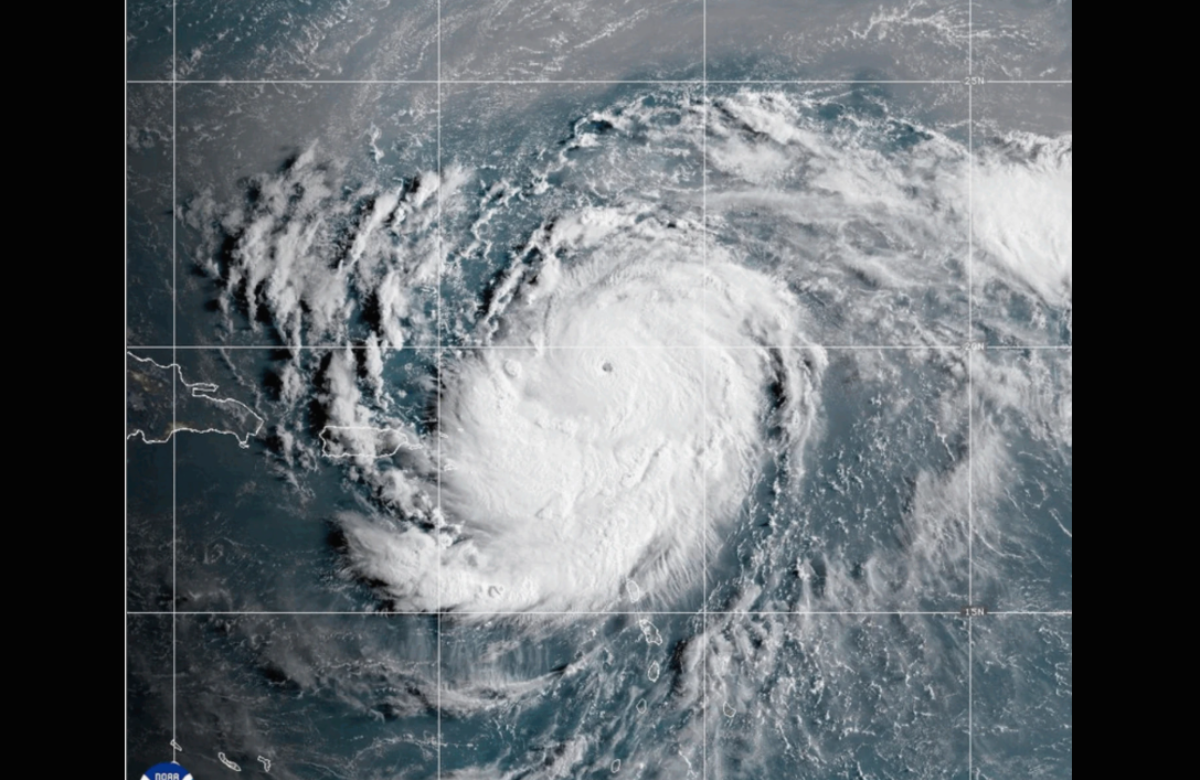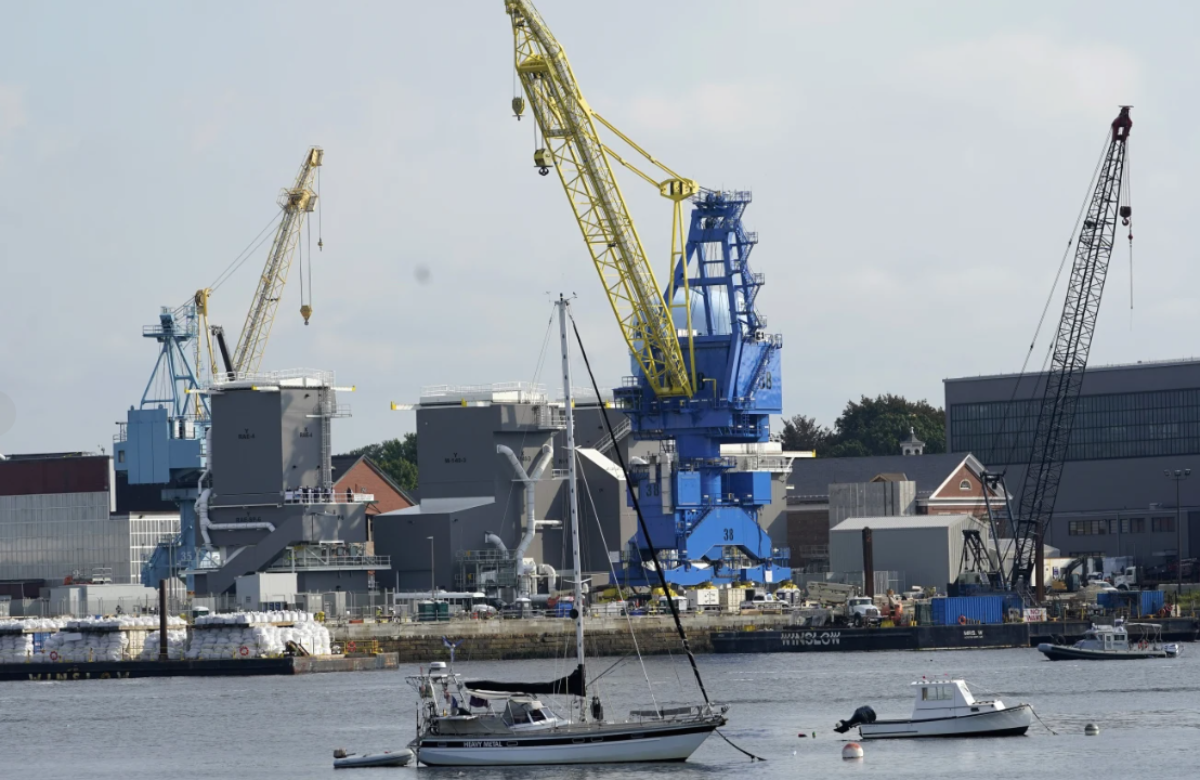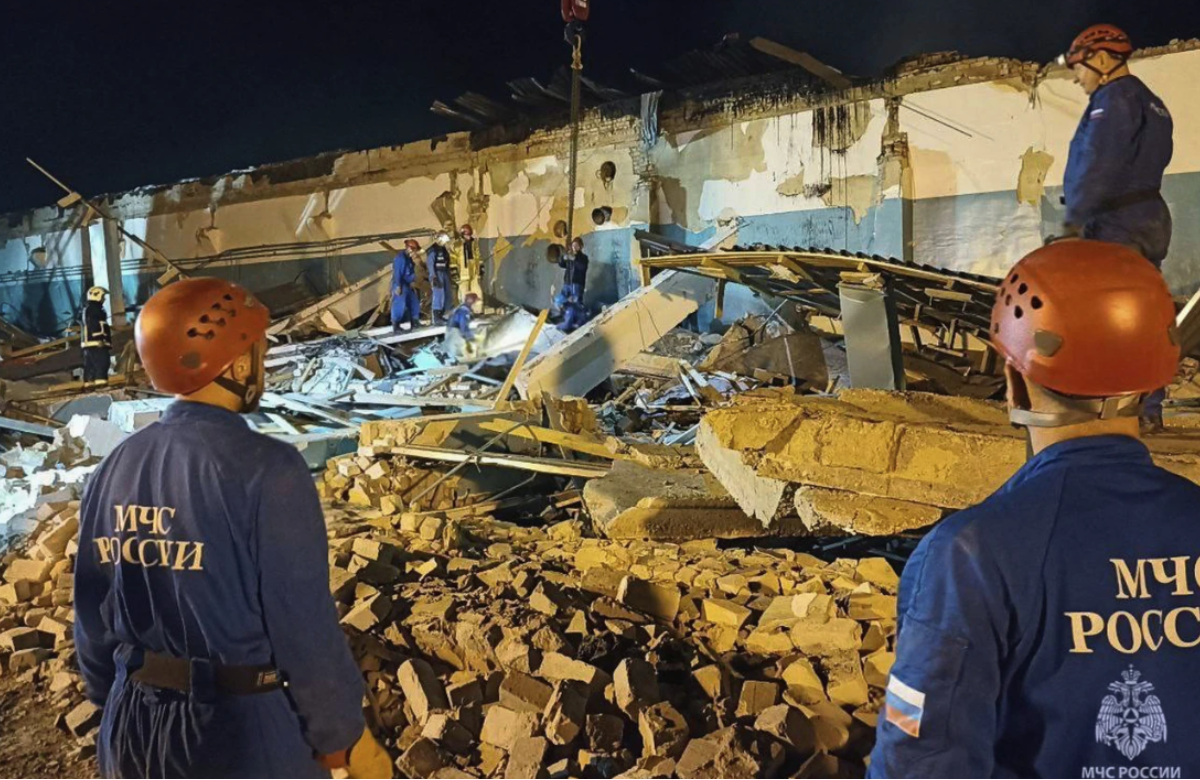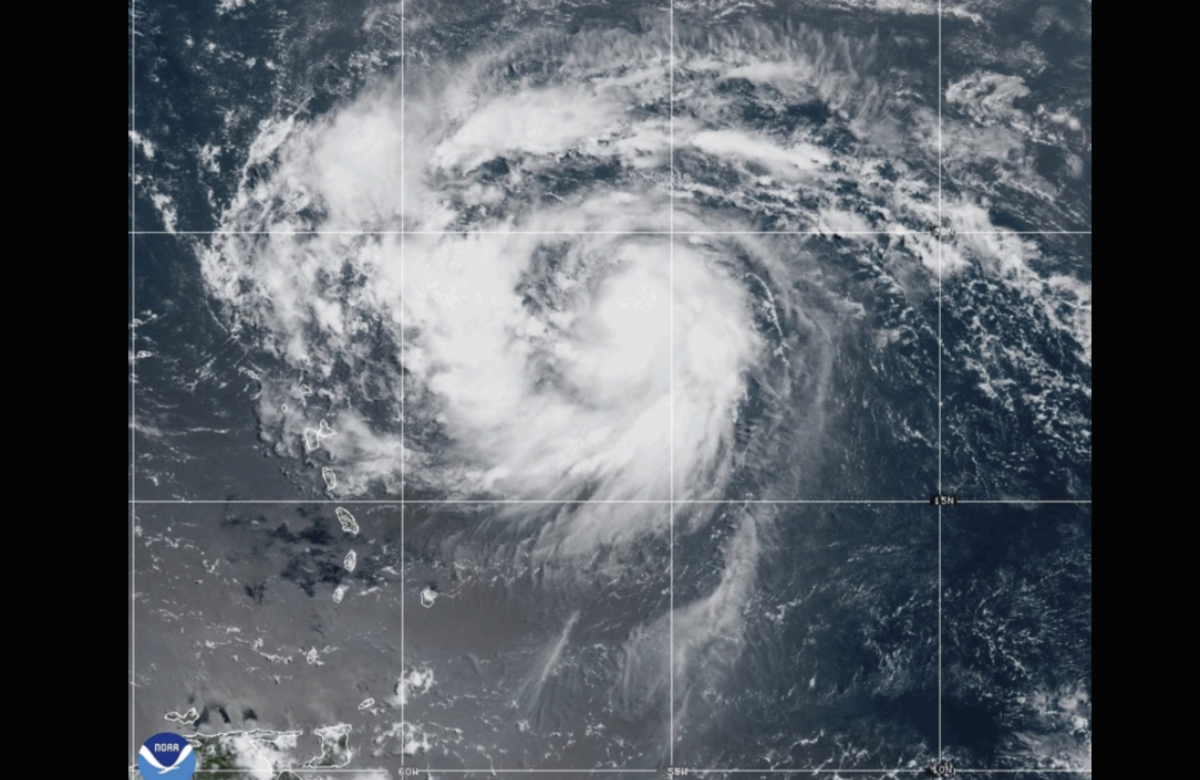Greek scientists monitoring an earthquake swarm near the island of Santorini reported a gradual decline in seismic activity a month after it started. The undersea tremors, which were sometimes just minutes apart, caused thousands of residents and workers to evacuate Santorini’s clifftop towns, as well as the nearby islands of Ios, Amorgos, and Anafi. Schools on these islands have remained closed for a fourth consecutive week, and various restrictions are still in place. However, scientists are encouraged by the decrease in seismic activity. The University of Athens’ Interdisciplinary Committee for Risk and Crisis Management stated that both the frequency of earthquakes and their magnitudes have been gradually decreasing. They added that the seismic activity remains focused on the same area, with no new micro-seismic surges observed since February 15.
The committee reported that between January 26 and February 22, more than 20,000 earthquakes of magnitude 1 or higher were recorded. The tremors, caused by both natural tectonic movements and magma shifts beneath the seabed, reached a magnitude of 5.3, though they resulted in only minor damage.
Santorini’s Mayor, Nikos Zorzos, stated on Monday that several thousand people had returned to the island since late last week. He urged government officials to provide further assistance to address ongoing risks, such as managing rockfalls and installing and repairing protective fencing on hillsides.











